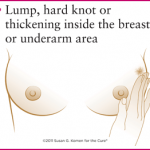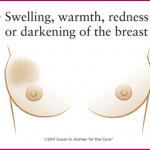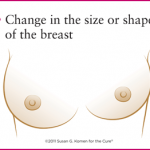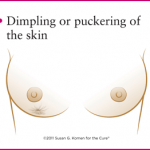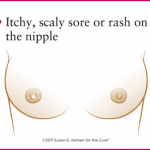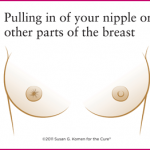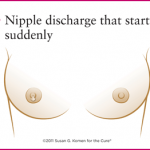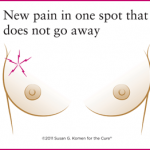Sometimes it’s hard to know what’s healthy and what’s not. The science seems to go back and forth on how much of certain things you should have— one day eggs and coffee are good for you, the next day they’re not. But when all the data is in, science usually favors all things in moderation. It doesn’t just go for eggs and coffee; wine and beer also have compounds that are beneficial in moderation.
Here are six other things that are great for you— just not in unlimited amounts:
1. Oranges, Apples and Tomatoes
These three items are some of the healthiest fruits you can eat, but they’re also high-acid foods, and consuming too many acidic foods can damage the esophagus and stomach lining. Over time, this damage can result in precancerous lesions and ulcers. Highly acidic diets can also cause reflux, which can be painful and costly to treat, and can disrupt sleep and other daily activities. Dietary acid is also known to erode tooth enamel, which can lead to cavities. To avoid consuming too much acid, limit your servings of these to two per day.
2. Exercise
While most people don’t get enough exercise, some overdo it at the expense of their health. In fact, the many beneficial effects of exercise make it easy to ignore the harmful effects of too much. Some people take exercise too far in order to control weight, and it becomes an obsession— this is sometimes known as exercise addiction. It’s often seen in those with eating disorders such as anorexia and bulimia, and it can have severe negative psychological and physical effects.
Over-exercise is also sometimes seen in athletes who are trying to reach a goal or win a championship. To excel, they train so long and so hard that they become fatigued and moody and have difficulty concentrating. In many cases, over-training backfires and performance plummets.
3. Sunshine
Sunshine is our main source of vitamin D. Although sunlight doesn’t directly contain any nutrients, it does convert a chemical found in skin cells to vitamin D, which plays an important role in calcium absorption. The body can absorb more than double the calcium from food when vitamin D levels are normal than when they’re low. Poor calcium absorption can lead to osteoporosis, which often results in stress fractures and injuries due to falling, especially in older adults.
Vitamin D deficiency is also increasingly linked to a roster of ills including heart disease, prostate cancer, schizophrenia and pregnancy complications. Previous research has also linked vitamin D deficiency to many autoimmune disorders, but further studies are needed to confirm whether this is true.
What experts know for sure is that too much sun exposure can lead to skin cancer, including melanoma, the most common cancer in America. Skin cancer can be painful and costly to treat, so sun exposure is best enjoyed in moderation and with the use of sunscreen.
4. Juice
Juice cleanses are all the rage, and despite the fact that the benefits claimed by proponents are questionable, many people find it easier to get their recommended fruit and vegetable servings in when they’re in liquid form. But whole fruits and vegetables are packed with fiber— a nutrient that most people don’t get enough of. Most experts consider juice cleansing or fasting unnecessary. Our organs efficiently remove toxins that juices can’t, and fasting is not a healthy way to lose weight.
5. Soy
Limiting animal protein is generally considered to be a heart-healthy choice, and soy protein is thought of as a healthy alternative. In moderation, soy products such as tofu, edamame and soy milk can help control blood pressure and cholesterol levels. However, eating too much soy can prevent iron absorption, which can contribute to anemia, especially in vegans and vegetarians. Additionally, soy contains estrogen-like compounds that, when consumed in excess, can lead to uterine cancer. While there is no standard recommendation on soy limits, two servings per day is considered safe.
6. Sleep
Like food, sleep is one of our most basic necessities. Without it, the body shuts down and slowly stops functioning. And, as with food, too much of a good thing will have a negative impact on health. Too much sleep can result in an increased risk of chronic diseases, including America’s No. 1 killer, heart disease. While most people don’t get enough sleep, there are plenty who get too much. Limit your sleep to nine hours for best health results.
source: foxnews.com/health



